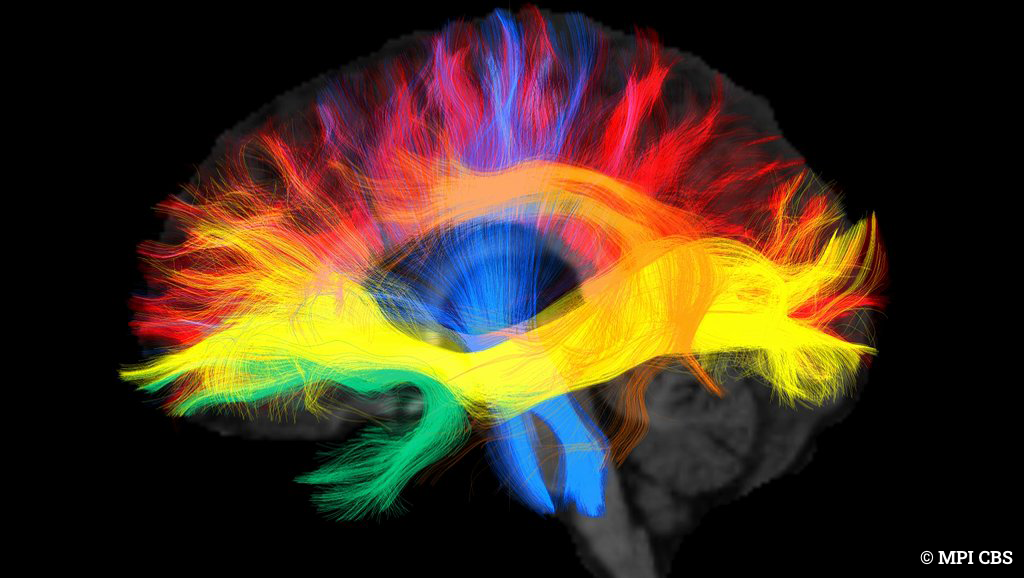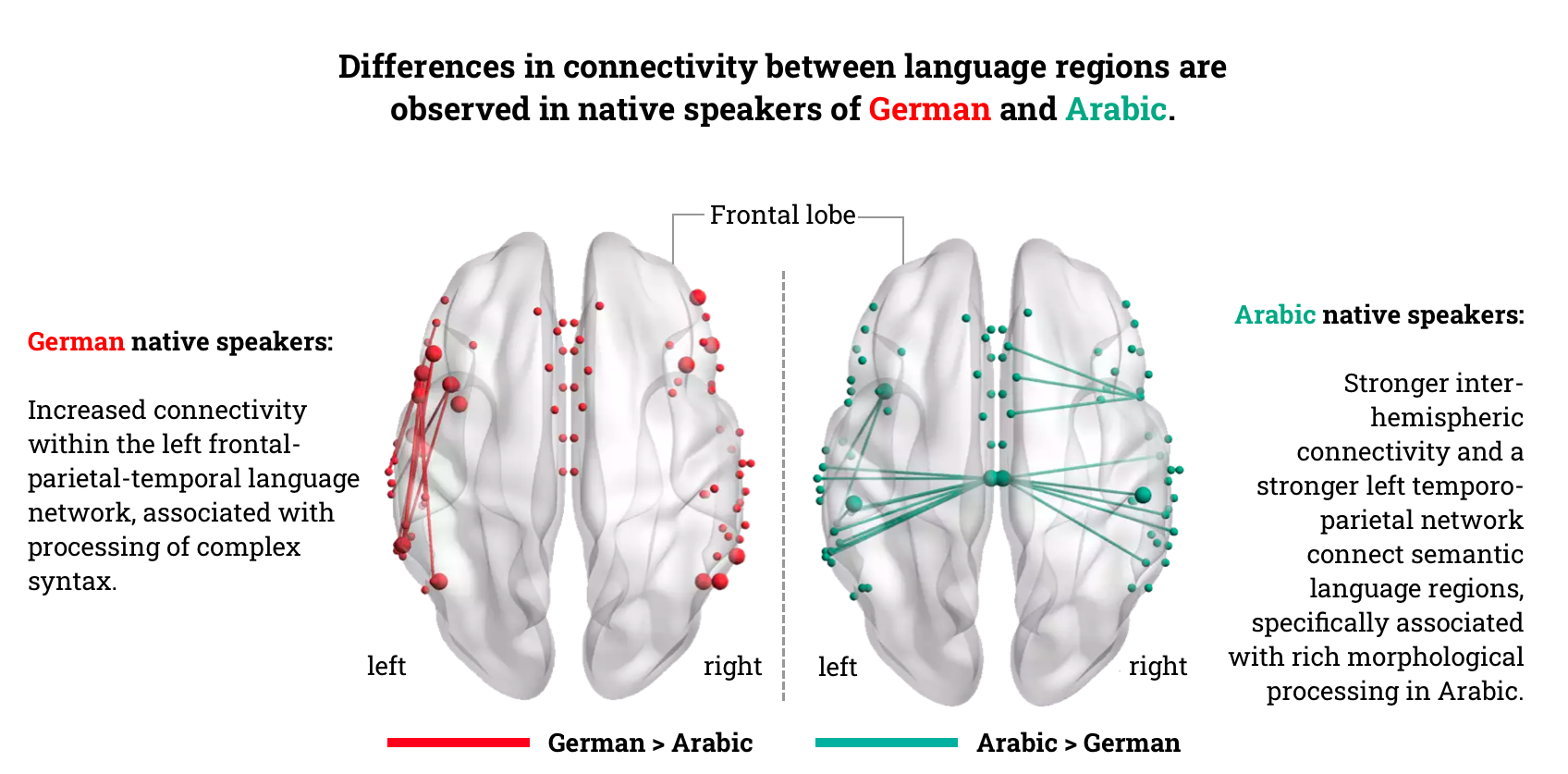Language in the Brain: Insights into Processing German and Arabic
Research conducted at the Max Planck Institute for Human Cognitive and Brain Sciences in Leipzig has revealed evidence that our mother tongue plays a pivotal role in shaping the neural connections within our brains, potentially impacting our cognitive processes and therefore influencing our thinking. By utilizing brain imaging techniques, scientists delved into the depths of the brains of native German and Arabic speakers, unearthing differences in the wiring of language regions.

A new research study conducted at the Max Planck Institute for Human Cognitive and Brain Sciences in Leipzig has examined the brain scans of 94 individuals who are native speakers of two distinctly different languages. The findings demonstrate that the language we learn during childhood has a profound impact on the strength of neural connections in the brain. The study focused on two groups of individuals: native German speakers and native Arabic speakers. Using advanced magnetic resonance tomography (MRI) techniques, researchers obtained high-resolution images that not only revealed the brain's anatomical structure but also facilitated the calculation of interregional connectivity through a method called "diffusion-weighted imaging".
The results of the study, recently published in the journal NeuroImage, revealed remarkable disparities in the white matter axonal connections within the language network between Arabic and German speakers. "Arabic native speakers showed a stronger connectivity between the left and right hemispheres than German native speakers" explained senior author Alfred Anwander. He further noted that this reinforcement was particularly prominent among the semantic language regions, which could be attributed to the relatively intricate semantic and phonological processing involved in Arabic.
Conversely, native German speakers exhibited enhanced connectivity within the left hemisphere language network. The researchers suggest that this disparity may be due to the complex syntactic processing inherent in the German language, which arises from its free word order and the greater distance between dependent sentence elements.
 Enhanced wiring in the brains of German and Arabic native speakers depicted on a map
Enhanced wiring in the brains of German and Arabic native speakers depicted on a map
Anwander shared the profound implications of their findings, stating, "Brain connectivity is modulated by learning and the environment during childhood, which influences processing and cognitive reasoning in the adult brain. Our study provides new insights how the brain adapts to cognitive demands, that is, the structural language connectome is shaped by the mother tongue". This study represents one of the pioneering endeavors to document distinct variations in the brains of individuals raised with different mother tongues. Consequently, it offers scientists a valuable avenue for comprehending cross-cultural disparities in brain processing.
In their next research endeavor, the team intends to analyze the long-term structural changes occurring in the brains of adult Arabic speakers. By delving deeper into this topic, they aim to gain a comprehensive understanding of the lasting effects of language on brain connectivity.
Leave a Reply